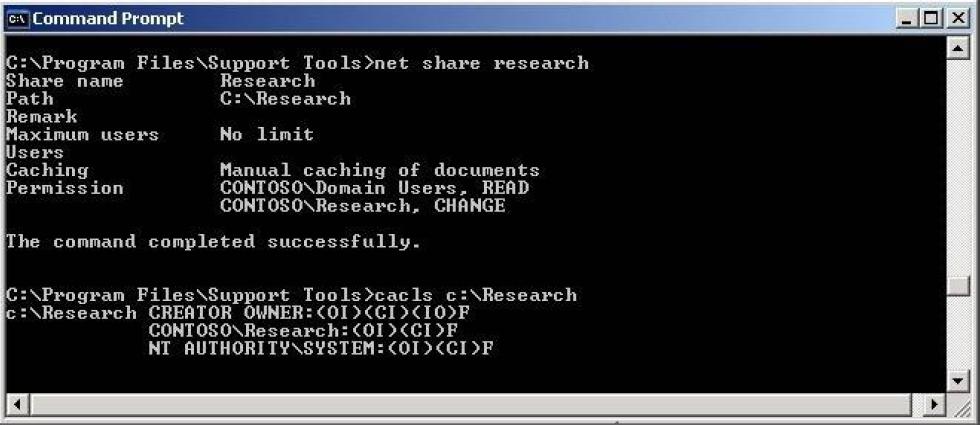MCSA/MCSE Practice Exam 70-290 Questions 81-100/184
- MCSA
- MCSE
2.
You may optionally provide this to label your report, leaderboard, or certificate.
Submit
×
Thank you for your feedback!
















